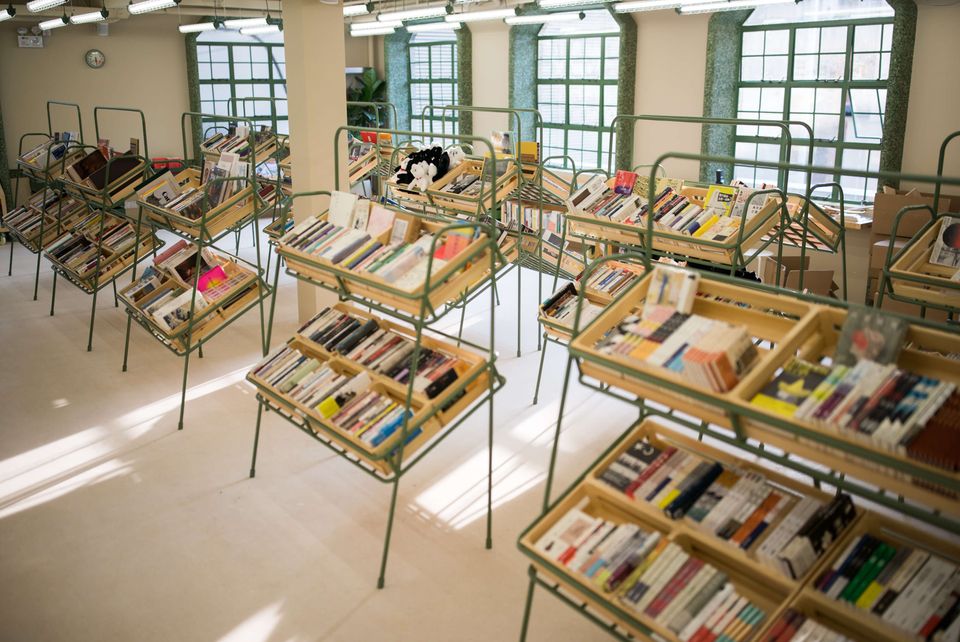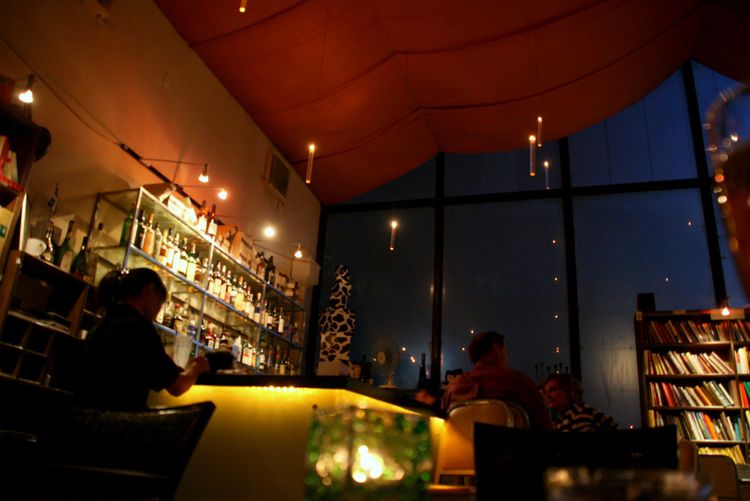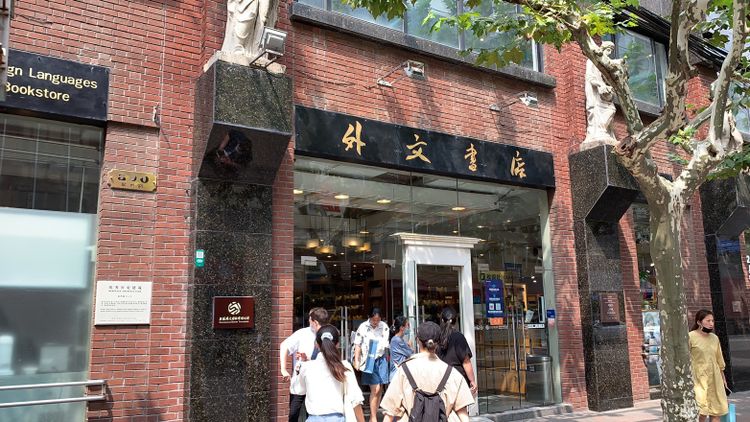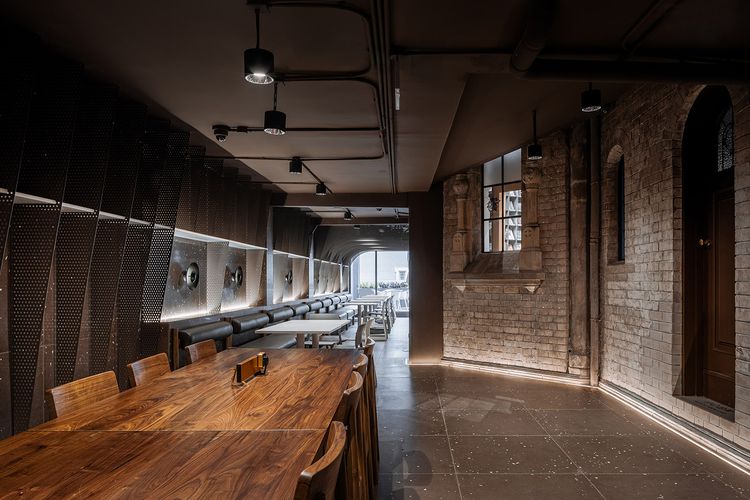Bookstore field trips: part 1

Last week, I visited two popular bookstores in Shanghai. On Tuesday, I went to 多抓鱼, an online platform for buying and selling second-hand books that has a physical location on Anfu Road, and 钟书阁, a large chain bookstore with a distinctive design that incorporates many seats and tables for patrons to browse in comfort. I’ll share my findings and perspective in today’s post.
Second-hand books have potential
I was encouraged to know that 多抓鱼 exists, and that it has survived and grown in the past 2-3 years. It seems that their basic strategy is to price their second-hand books below the price of any new versions sold online. Though the price may be just a few RMB lower, it seems to work. This makes sense, as I would expect that there’s value in getting the book immediately in addition to getting it for cheaper than any new version.
The technology is worth learning from. Books in the store have a QR code that can be scanned to see the price, and the pricing page also displays the discount from the suggested retail price of a new version.
However, I can’t help but wonder whether the better business model is to be a second-hand book platform rather than a second-hand book broker. 多抓鱼’s model involves buying second-hand books and reselling them for a higher price. In my mind, it’s more interesting to build a platform where members can sell books themselves, and we just provide a book cleaning service and a place to display their books in exchange for a commission for each sale.
I also suspect their physical location on Anfu Road is hemorrhaging money. There was no cafe or other means of bringing in revenue aside from second-hand books on the second floor and second-hand clothing on the third. The location is premium so the rent must be very high, and the density of books and number of patrons I saw likely cannot support the operating costs. (That said, I visited on a Tuesday.)
A cafe with a bookstore attached
The cafe at 钟书阁 is huge - I think there are at least 50 tables taking up a space that’s perhaps 20% of the total area of the bookstore. It’s not hard to imagine that this is a major revenue driver.

In addition to the cafe, there are numerous tables inside the bookstore itself, as well as uniquely designed circular column bookshelves with seats encircling each. There are mirrors on the ceiling to give the entire store a more expansive feel.
I visited 钟书阁 on a Saturday, and it was full of people. As I walked around, I noticed that every single table and nearly every seat was taken. However, like at other bookstores I’ve been to, there was no line at the cashier. Few people were buying books.
A lack of English books
Both bookstores are clearly for a Chinese audience. 多抓鱼 had a small collection of English picture books, while 钟书阁 had two bookshelves mostly consisting of Penguin classics (there was one complete set of Harry Potter).
Once the upcoming typhoon blows over, I’ll make a trip to Fuzhou Road, where according to Smart Shanghai, there is a foreign language bookstore operated by 上海书城. There may even a second-hand foreign language bookstore in that area.
Synergies
It’s indisputable that a bookstore and a cafe goes very well together. I’m just curious about the optimal ratio for space allocated to each. Additionally, in terms of pure business performance, selling second-hand books (or better yet, providing a platform for this) may be more profitable than selling new books. I'd love to get my hands on some financial statements. And given the intense competition in Chinese books, it makes sense to start with a small location that exclusively carries an English collection.
My final thought is about incorporating elements of a self-study or co-working concept to part of a hypothetical bookstore, since there should be a significant overlap in patronage. Such a design would also partially solve the underutilization problem that a bookstore would have during weekdays.




